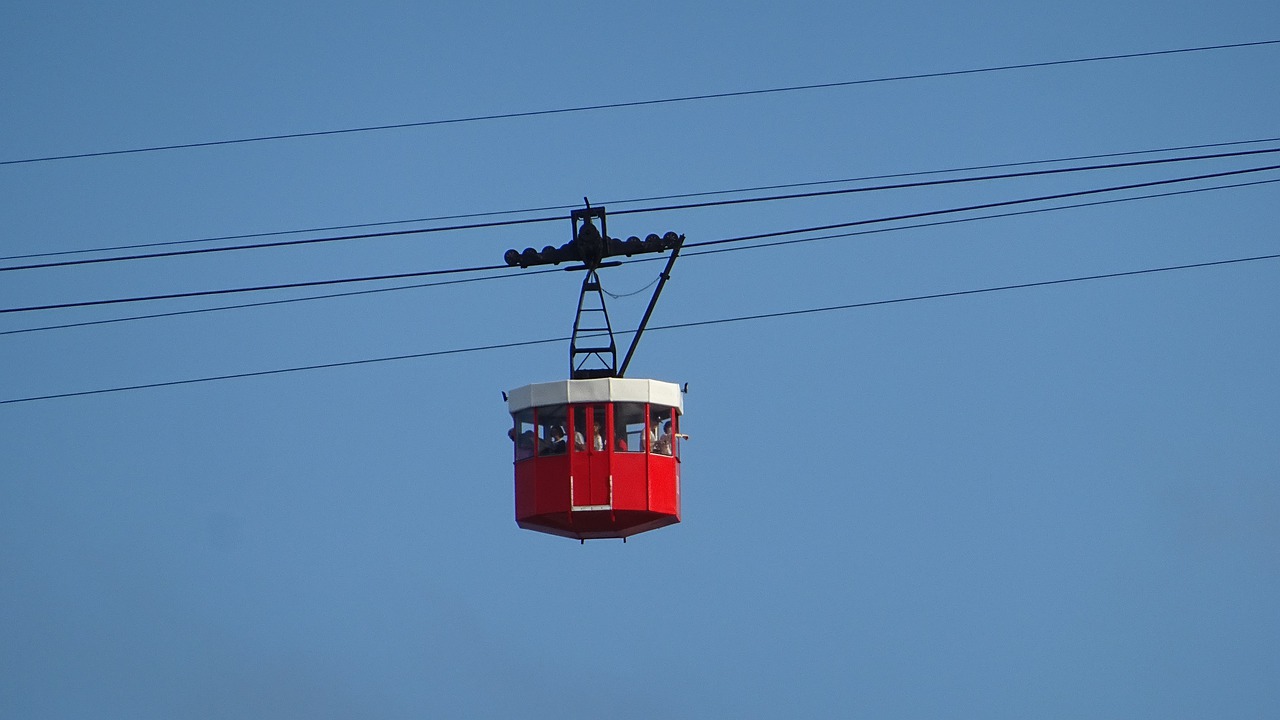
Pre-reading questions:
I will read each question. Then, please answer them.
- What is the main mode of transportation in your country?
- Which mode of transportation is the most comfortable for you and why?
Vocabulary:
I will read the words, meanings, and sample sentences. Then, repeat after me.
- steep /steep/
- debate /dih-BEYT/
- practical /PARK-ti-kuhl/
- shrink /shringk/
- modernism /MOD-er-niz-uhm/
[adjective] – (of a slope) rising or falling at a sharp angle
This path leads to a steep hill.
[noun] – (a) serious discussion of a subject in which many people take part
Residents had a debate about the community’s future policies.
[adjective] – relating to experience, real situations, or actions rather than ideas or imagination
Kanata is good at giving practice advice on studying.
[verb] – to become smaller
Does this material shrink when washed?
[noun] – modern thinking or methods
Through modernism, people can come up with alternative solutions to different problems.
Article reading:
Please read the whole article. Then, I will check your pronunciation and intonation.
Traveling is made easy through the use of cars and other modes of transportation. But vehicles are almost non-existent in this particular small society. As the only town in Italy with no cars, it’s a community accessible by foot, bicycles, and sometimes tractors.
Chamois is a collection of seven small villages connected by trails and streets at an elevation of 1,815 meters in the Aosta Valley. Because of its location on steep slopes, the town was protected from roadways and traffic some time ago. During Italy’s 1960s economic boom, the villagers had a debate whether they wanted to accept the automobile age. But they didn’t. 95% of the residents opposed the road construction that would connect them to the valley below. Instead, they requested a more practical solution: a cableway. Sliding from one point to another only takes a few minutes compared to vehicles that may take hours. Chamois would have its first simple yet convenient connection to the rest of the roads in Italy—without cars or pollution. Although its population shrunk from 350 to 100, the people have stayed committed to using their humble home experimenting with sustainability technologies such as renewable energy systems.
Chamois has turned its back on typical transportation methods, but this allowed the town to exercise modernism in its unique way. Lesson learned: never underestimate the potential of small-scale communities.
Chamois is a collection of seven small villages connected by trails and streets at an elevation of 1,815 meters in the Aosta Valley. Because of its location on steep slopes, the town was protected from roadways and traffic some time ago. During Italy’s 1960s economic boom, the villagers had a debate whether they wanted to accept the automobile age. But they didn’t. 95% of the residents opposed the road construction that would connect them to the valley below. Instead, they requested a more practical solution: a cableway. Sliding from one point to another only takes a few minutes compared to vehicles that may take hours. Chamois would have its first simple yet convenient connection to the rest of the roads in Italy—without cars or pollution. Although its population shrunk from 350 to 100, the people have stayed committed to using their humble home experimenting with sustainability technologies such as renewable energy systems.
Chamois has turned its back on typical transportation methods, but this allowed the town to exercise modernism in its unique way. Lesson learned: never underestimate the potential of small-scale communities.
Comprehension questions
I will read each question. Then, please answer them based on the article.
- How many small villages does Chamois have?
- Where is Chamois located?
- Why was Chamois protected from roadways?
- What did the residents request after they disagreed with the road construction?
- What is the current population of Chamois?
Discussion questions
I will read each question. Then, please answer them.
- The transportation system may differ from place to place. What positive or negative transportation experiences have you had in a new location?
- What can be improved in your city’s transportation system?
- Would you visit Chamois? Why or why not?
- In your opinion, will Chamois become the leading town in the world to promote renewable energy systems?
- What are the benefits of being a carless town?